Hello everyone, my name is Marius and I’m the paid media manager here at Pilot Fish Media. Having worked on marketing campaigns around the world, I’ve found that my passion lies in eCommerce and driving sales through the use of paid ads. eCommerce brands and social media platforms are inherently intertwined. You’d be hard pushed to find any, new or old, who aren’t on social media in some capacity. I’m going to break down why this is the case, and why social media platforms are all moving towards an eCommerce approach.
What is an eCommerce brand?
An eCommerce brand is any company that is involved in the buying or selling of products, services, or experiences over the internet. Whenever individuals or companies are buying/selling products, services, or experiences online, they’re engaging in e-commerce.
Why do eCommerce brands use social media?
Social media is an incredibly powerful marketing tool for eCommerce brands to utilise. It not only allows them to send direct traffic to their website, but it also gives them the opportunity to create and foster a community, which they can nurture in order to encourage returning custom. Whether it’s through paid social ads, organic content or influencer marketing, social media is the most important marketing tool currently available to drive sales online.
What is social shopping?
Social shopping or social eCommerce is when social media platforms and eCommerce platforms become one. Certain social media platforms have direct integrations with eCommerce sites such as Shopify, which allows a customer to buy products directly from their feed/shopping section. Essentially, social shopping enables social media users to shop for and purchase products on social media.
Which social media platforms currently have shopping tools?
Social Shopping is already a popular feature on a range of social platforms and is expected to grow rapidly. But why?
Simply put, it reduces the purchase journey for a customer to 2 steps. They engage with the product on your social media feed and then begin the checkout process. This is now possible on the below platforms who all currently use social shopping in some capacity:
- Snapchat
- TikTok
What does the future hold for social commerce?
Social commerce is the future and we expect it to be adopted by more platforms going forward. There will be a time in the not-so-distant future when customers in the UK can click on a product on Instagram and purchase directly within the platform. This feature currently only exists in the USA.
If you assume social media is where your target audience spends the majority of their time, then it only makes sense to sell products to them then and there. They’re already engaging actively with your brand, so there will be a sense of trust and you won’t have to move them off the platform onto a separate website. Furthermore, with all of the privacy changes (iOS14.5/death of the cookie) and the shift to ‘walled gardens’ it makes sense for platforms to keep users on the platform. They are unable to track them effectively when they leave and go to a website, and as such, if they keep users on the platform, they can collect first-party data and information. With one of the main struggles for eCommerce brands being the streamlining of the shopping process, social media and eCommerce integration should help combat that.
China has been the country at the forefront of social commerce through WeChat. WeChat originated as a messaging app and has developed into a unique hybrid platform. Users can do everything from calling a client, or their family group chat, to paying for their taxi or weekly shop. In China where services like Facebook are banned, WeChat is the standard platform for all business and communication. When we look at how important WeChat is, it’s no surprise that such a high percentage of products purchased in China are sold through social media. In fact, in 2019, 11.6% of eCommerce sales came through social commerce.
While China is a very different market to the UK, we can clearly see some similar patterns. There’s a history of copying what works in China: FB Messenger and Whatsapp have already adopted plenty of the features as seen in the chart below on WeChat.
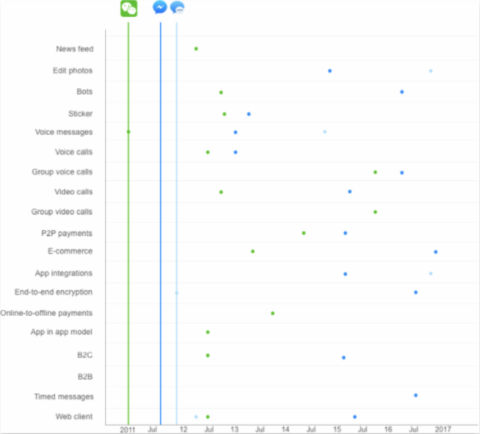 *
*
It’s clear to see then why the UK and other countries in the West would adopt social commerce going forward. It allows for a streamlined shopping experience, which is beneficial to both the customer and seller. In addition, social platforms keep users on their app and try to keep their attention there, which is every platform’s ultimate aim. They’re trading in attention. Customers will expect to be able to purchase your products on social media with a couple of clicks very soon. So get ahead of the curve and prepare your platforms for social commerce now!
If you’re looking for help moving forward with social commerce, please get in touch with me at [email protected]!
Sources:
* https://www.bigcommerce.co.uk/blog/social-commerce/#what-does-the-future-hold-for-social-commerce

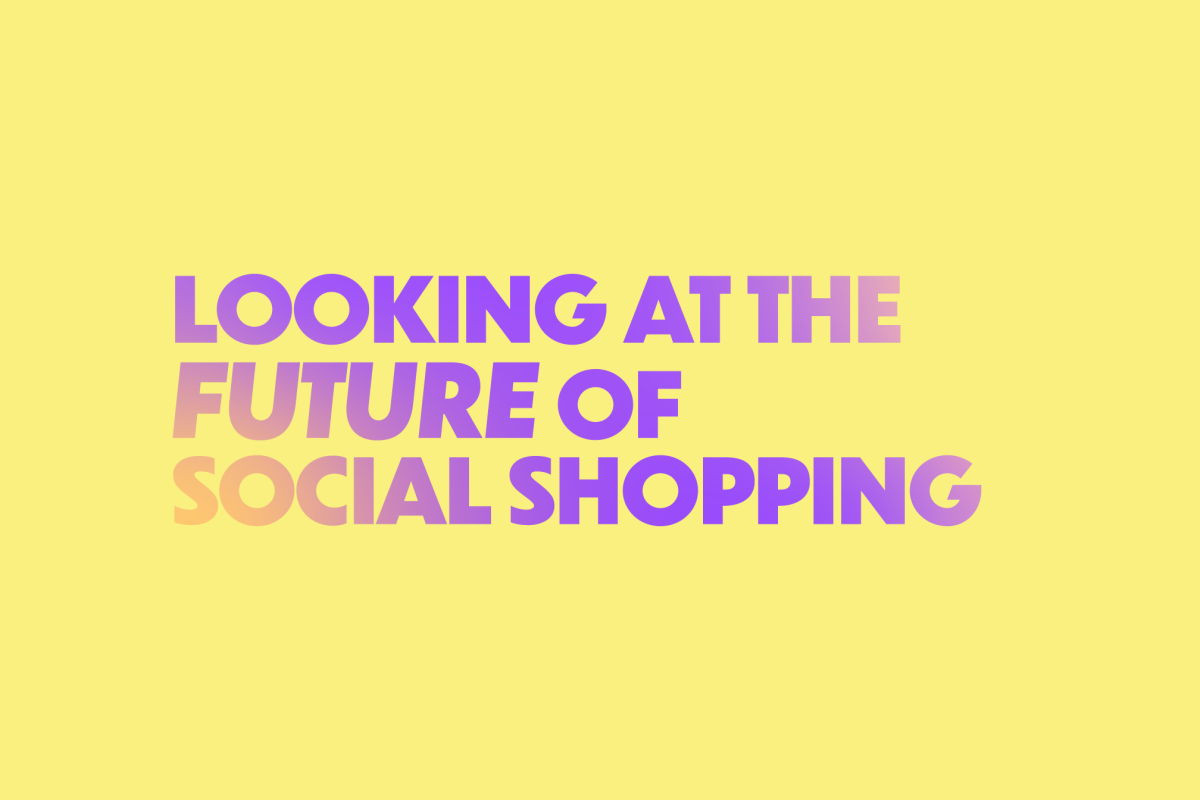
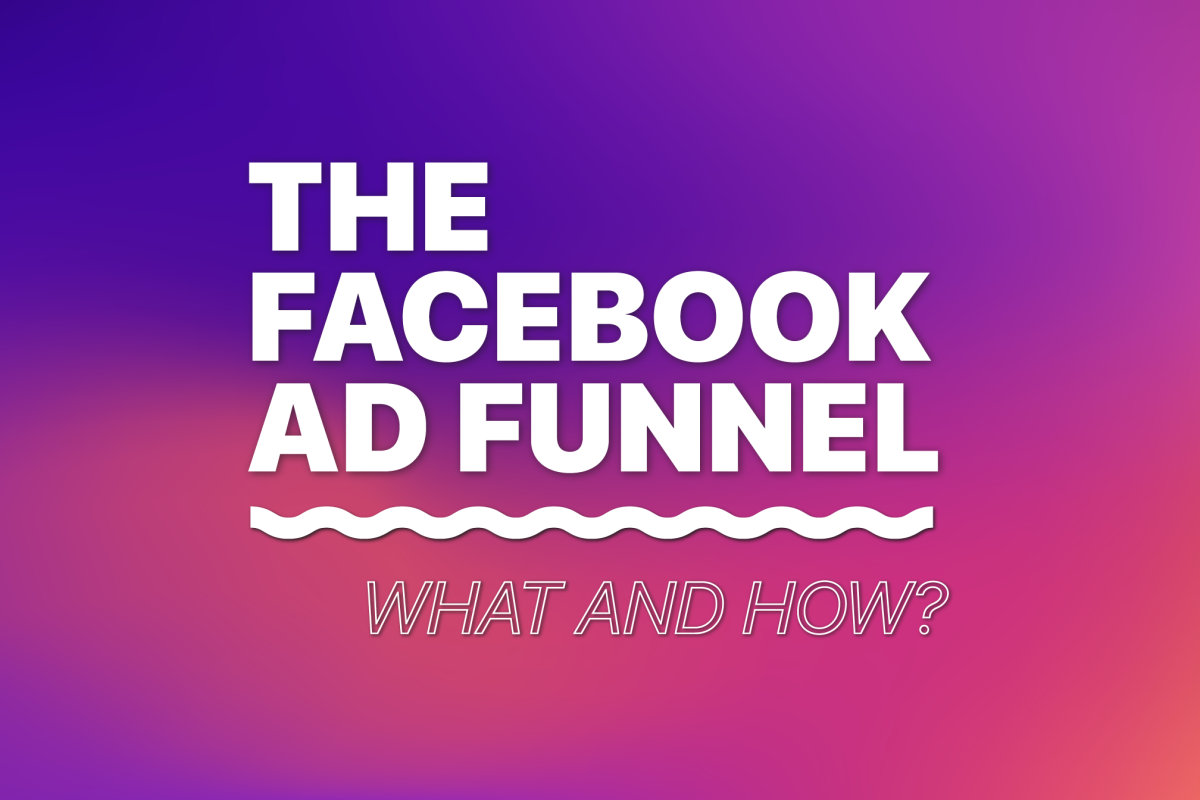
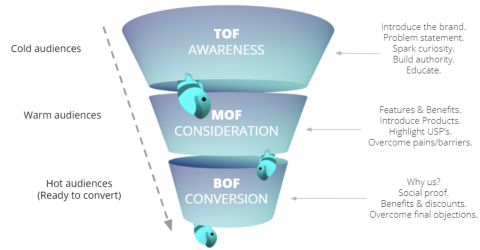
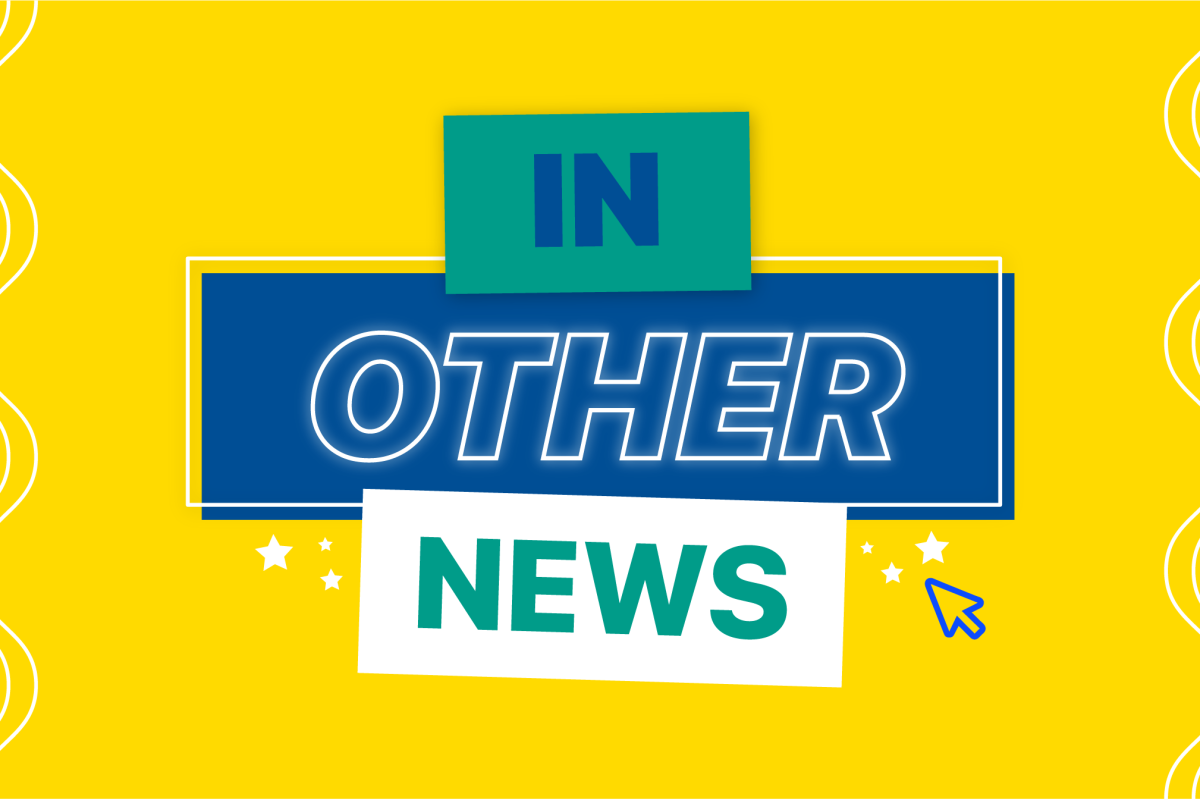
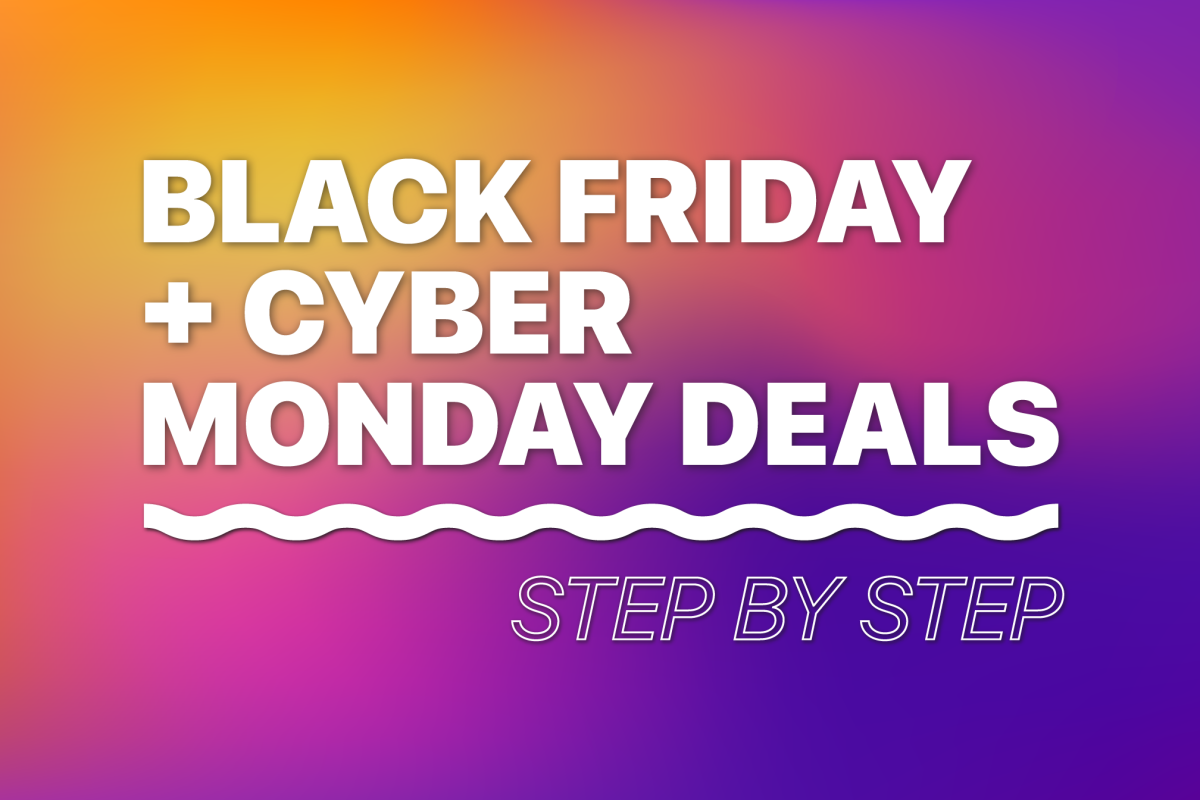
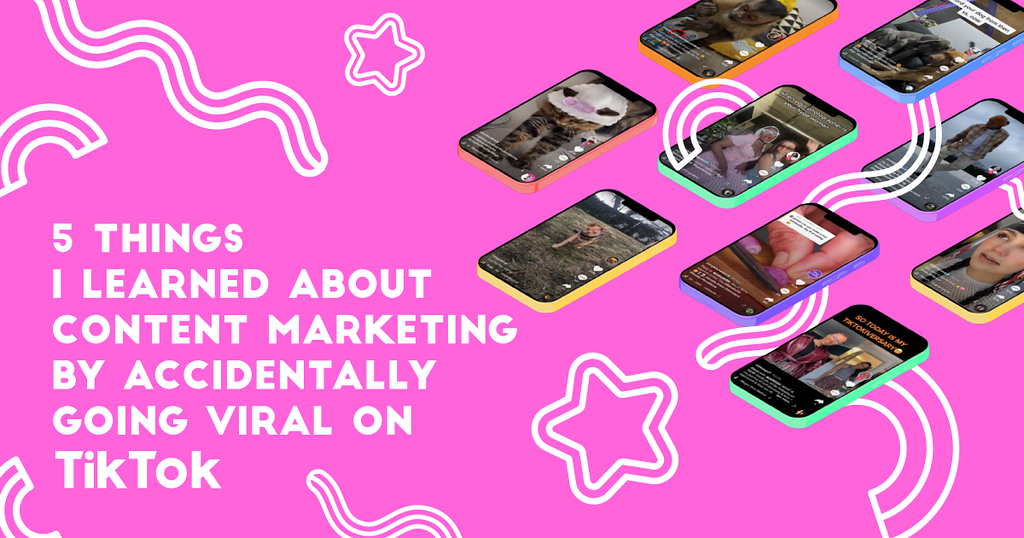

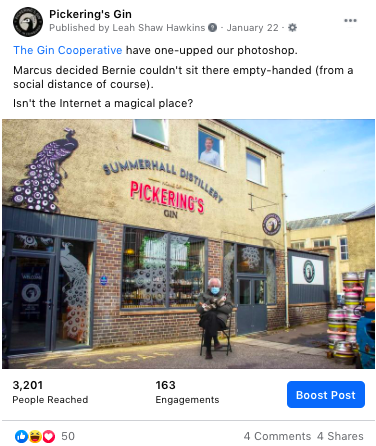
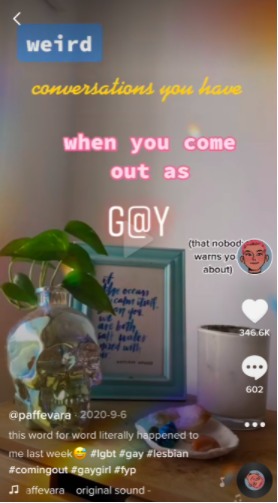 Your content needs to be super engaging, funny or informative enough that people want to boost and share it around. Before you post, ask yourself how relevant and shareable your content is. If you’re unsure of the answer, you might be better off going to the drawing board and coming up with another angle.
Your content needs to be super engaging, funny or informative enough that people want to boost and share it around. Before you post, ask yourself how relevant and shareable your content is. If you’re unsure of the answer, you might be better off going to the drawing board and coming up with another angle. 